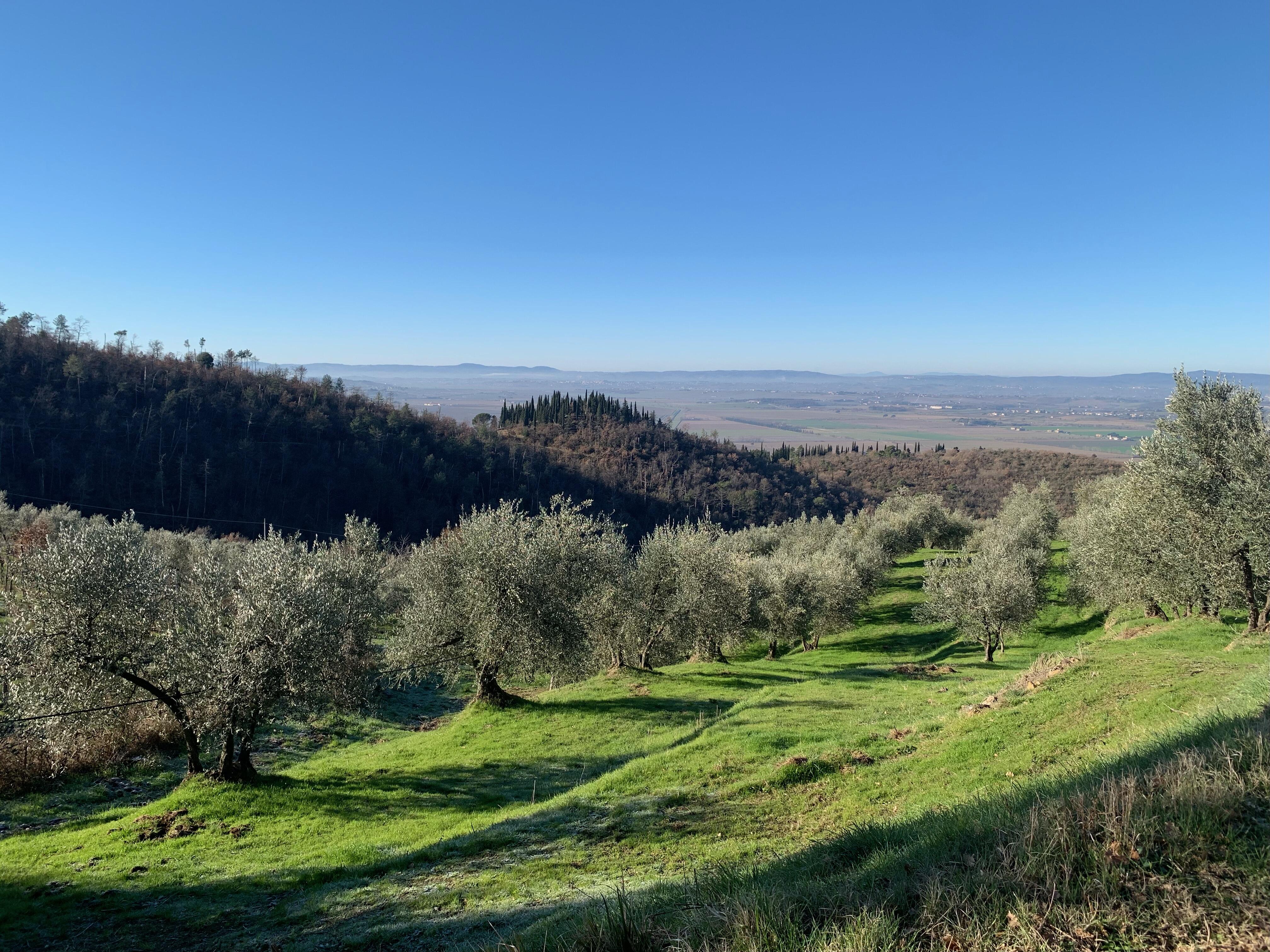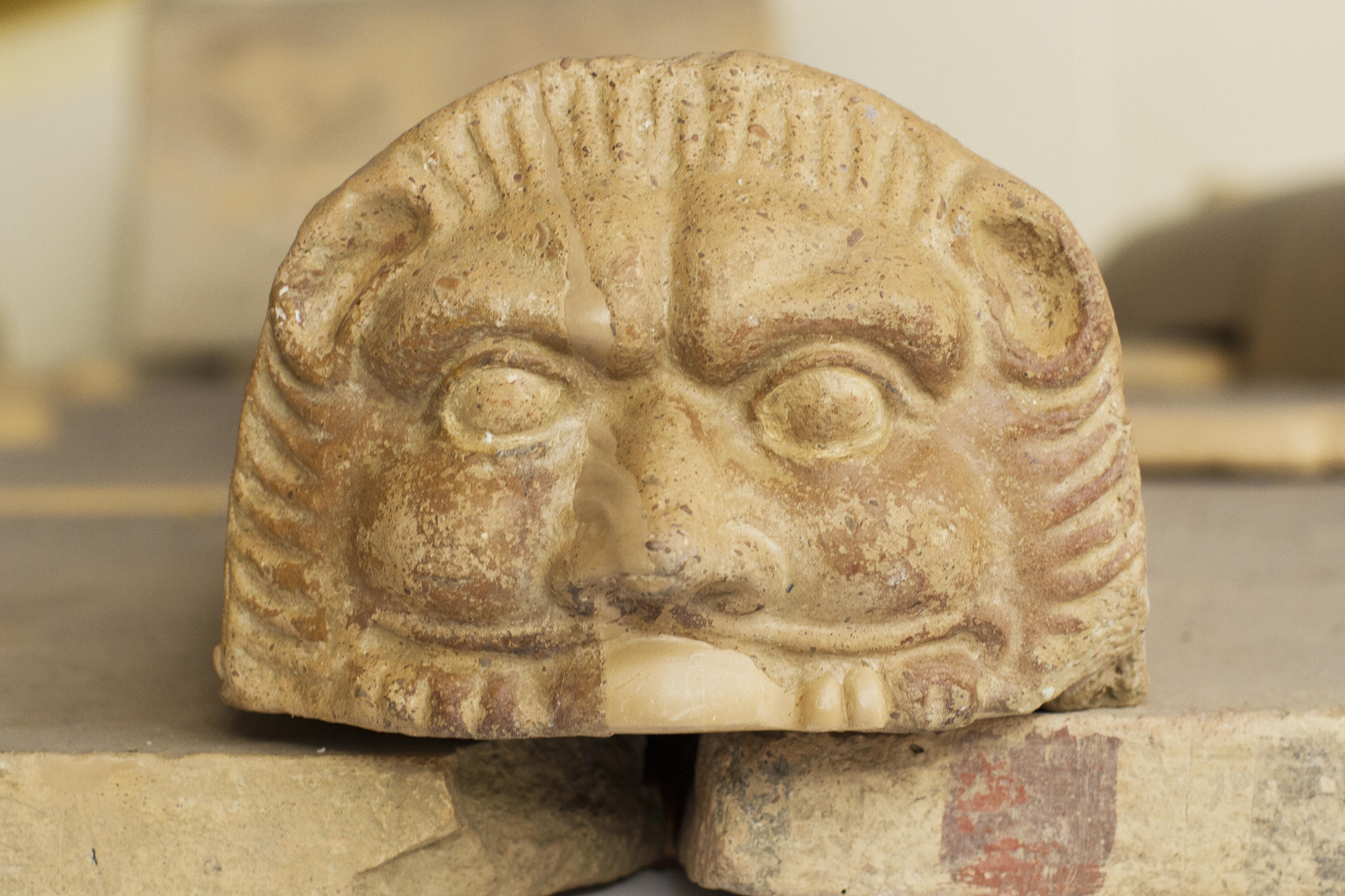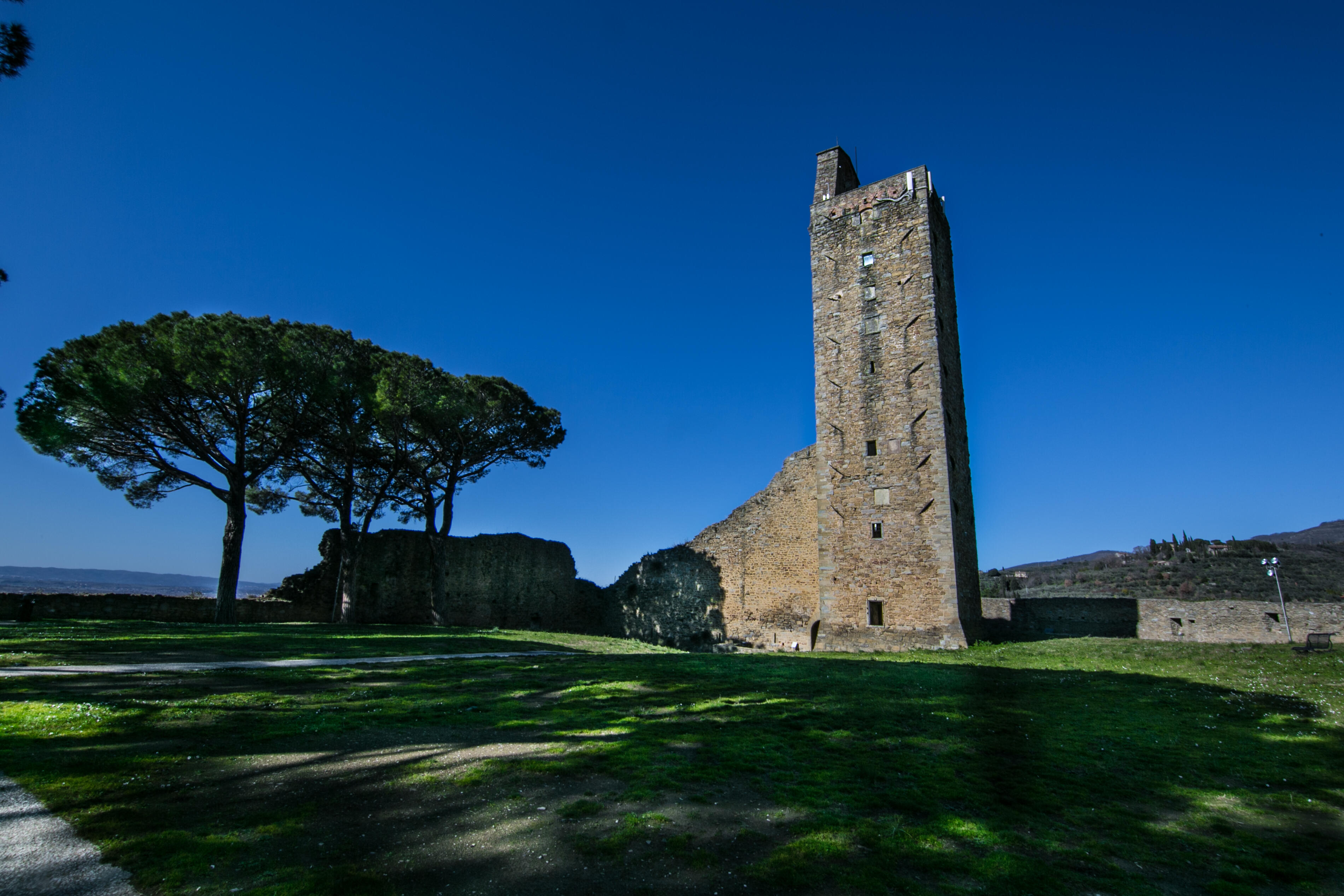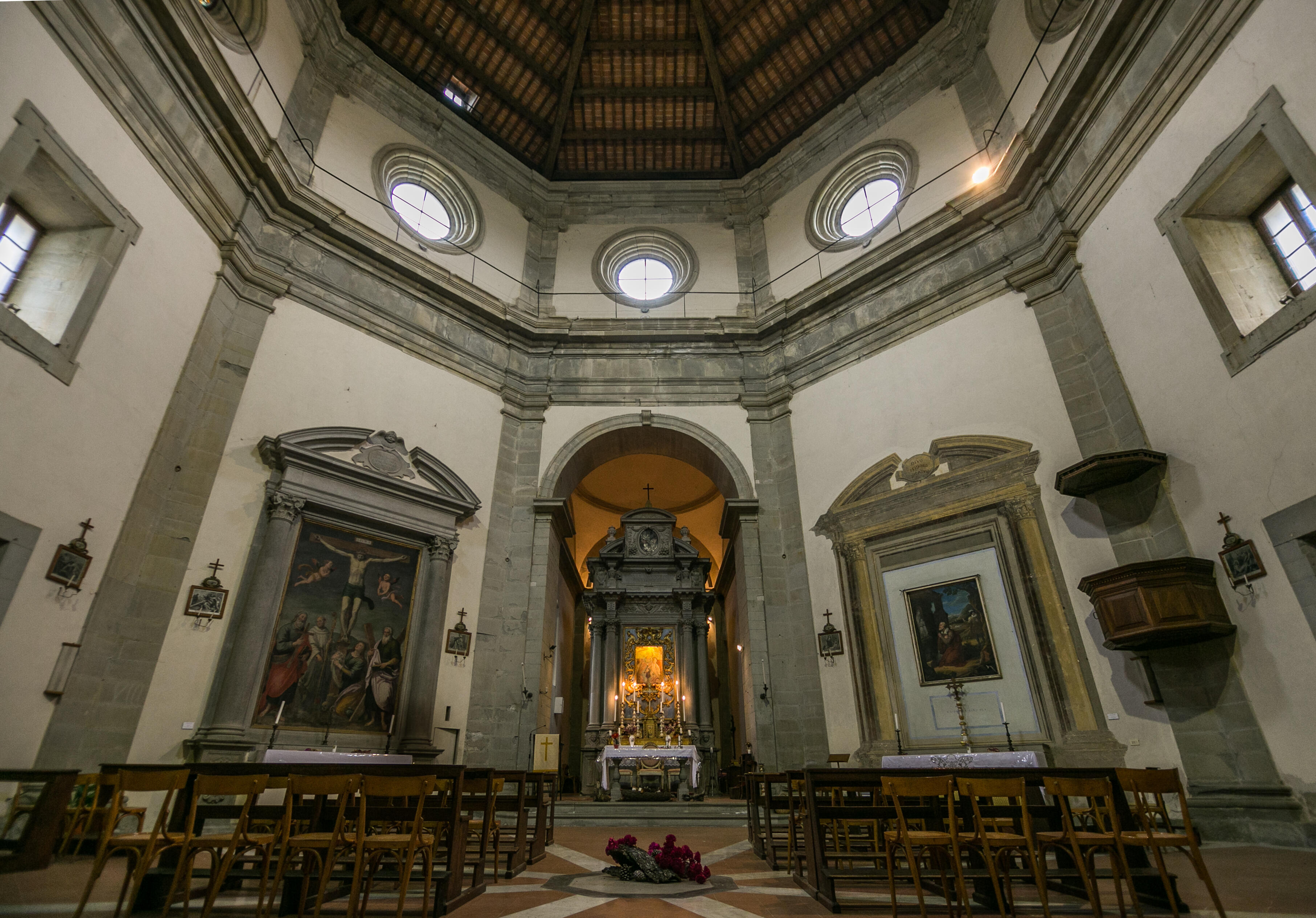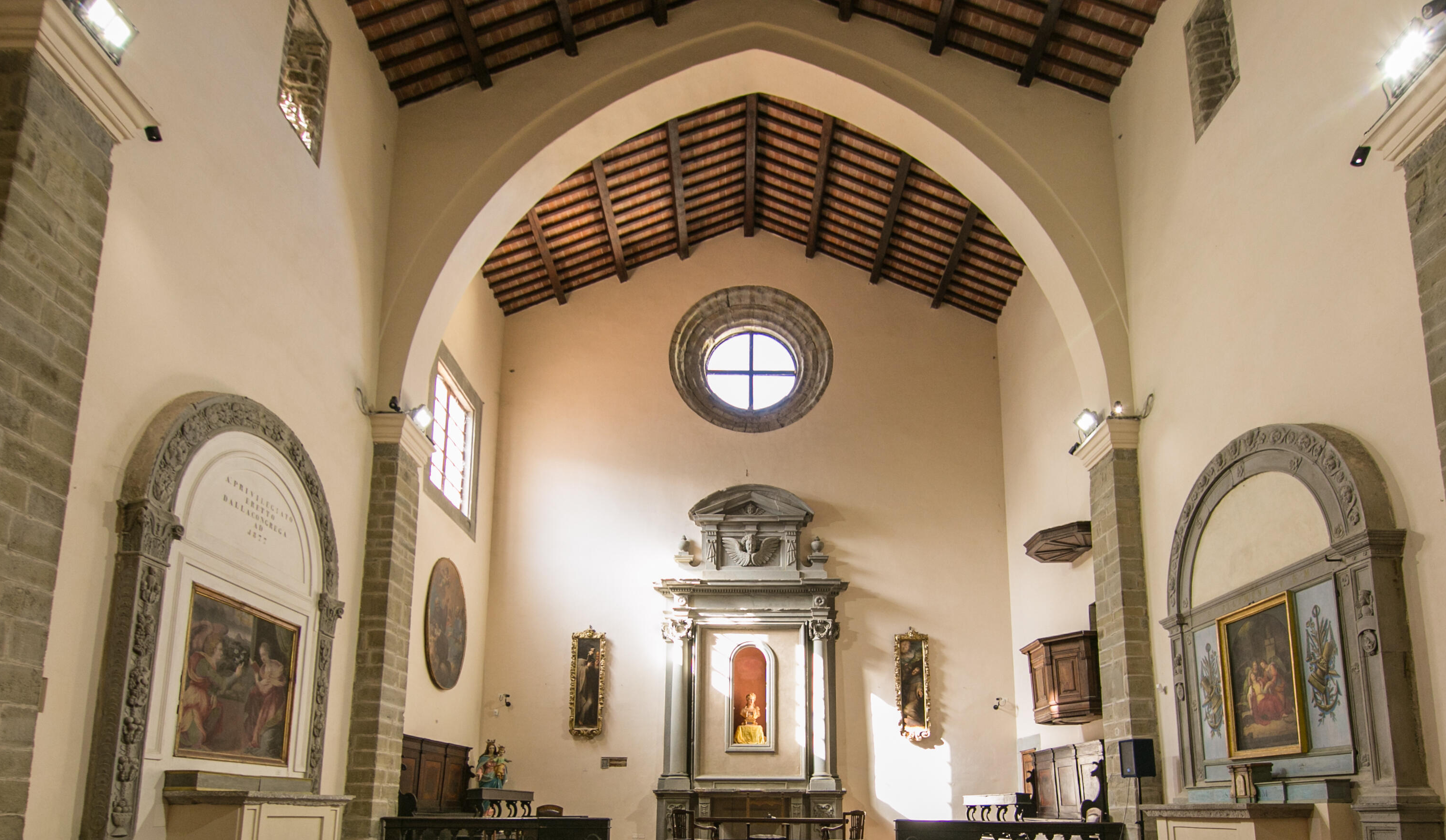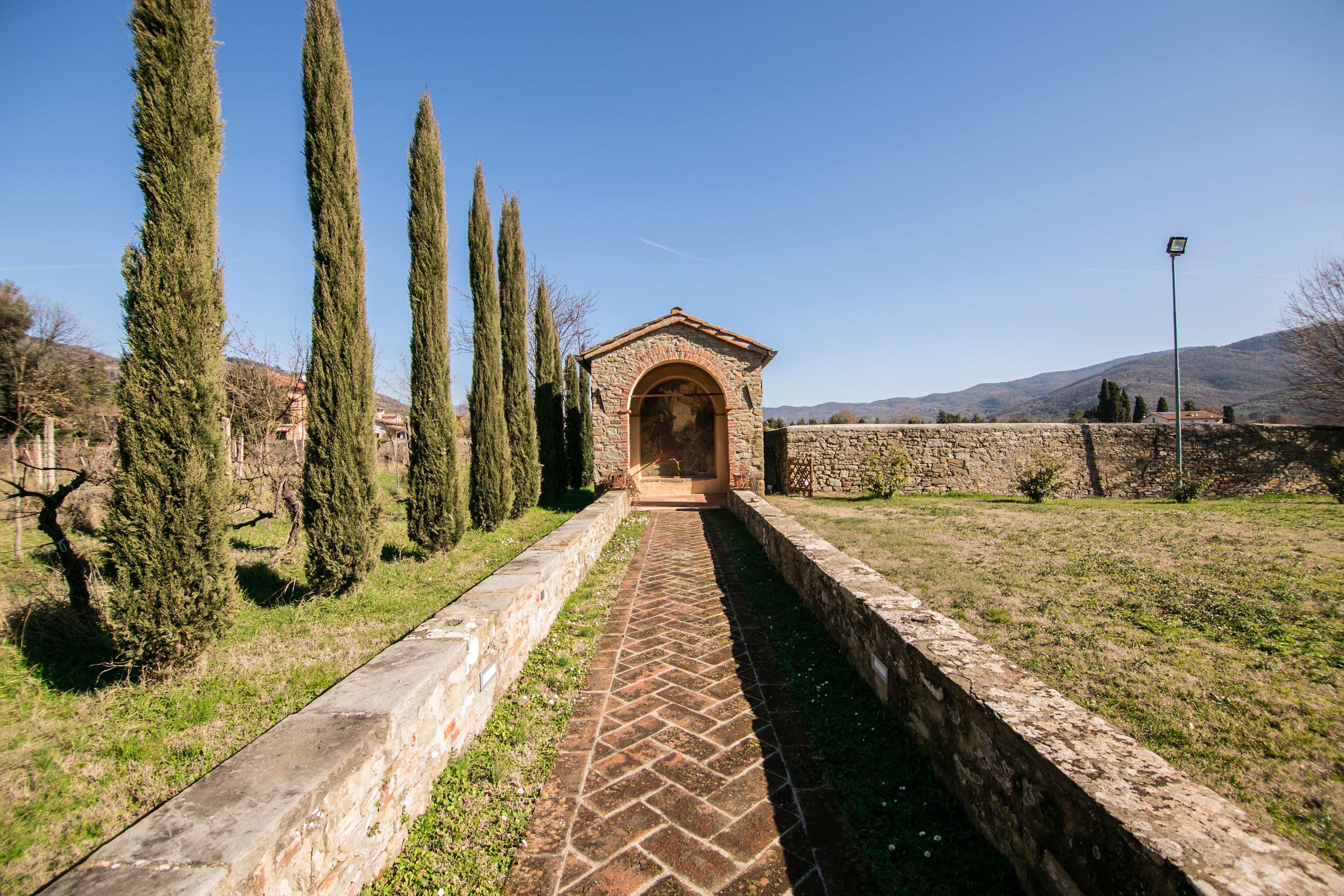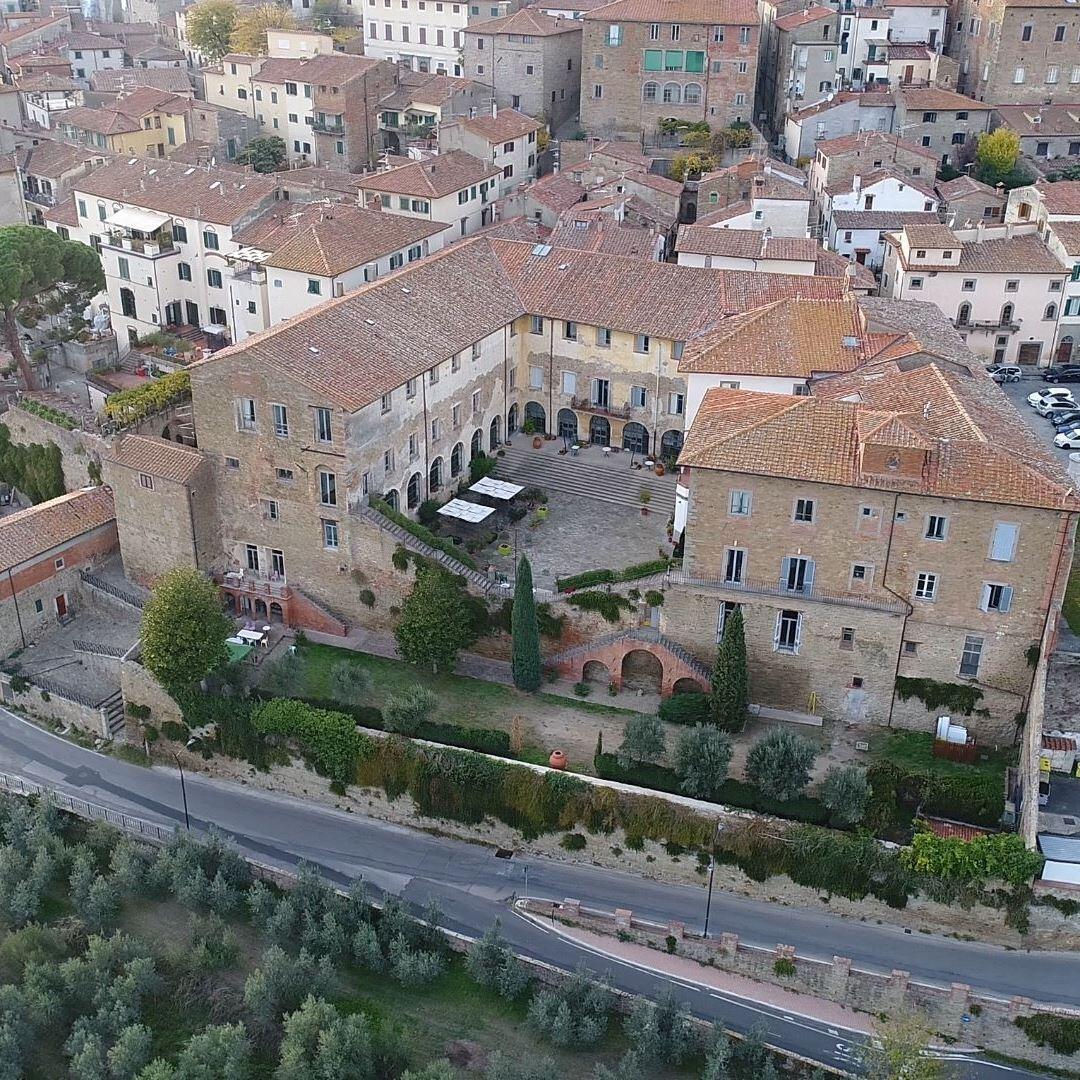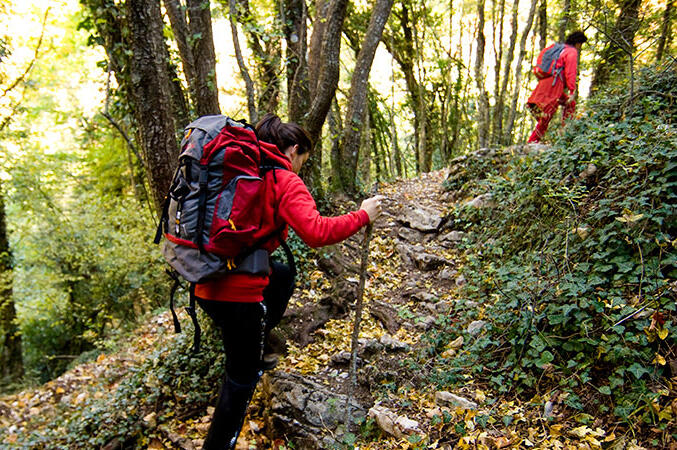POINT OF INTEREST
WAYS
Romeo Germanica Trail
Castiglion Fiorentino is present within the Via Romea Germanica route as the arrival point of stage number 80
Castiglion Fiorentino is part of the Via Romea Germanica route as the arrival point of stage number 80 (the 32nd within Italian territory), from Arezzo to Castiglion Fiorentino, and as the starting point of stage 81 (the 33rd in Italy), from Castiglion Fiorentino to Cortona.
Alberto was born around the end of the 12th century and in 1232 became Abbot of the Benedictine Monastery of the Holy Virgin Mary in Stade, an important port city located at the mouth of the Elbe River in Germany.
In the monastery—highly influential thanks to its land holdings—Abbot Alberto recognized the need to introduce a stricter ecclesiastical discipline, inspired by the Cistercian rules. To obtain permission for this reform, he set out on a journey to Rome, the heart of Christianity, seeking the approval of Pope Gregory IX. The Pope granted his consent for the proposed reform, but Alberto’s fellow monks, along with the Archbishop of Bremen, rejected it. Their opposition was driven more by their political alignment with the House of Welf than by any desire for monastic reform.
Disheartened, Alberto resigned as abbot and entered the Friary of the Minor Brothers of St. John in Stade, a community dedicated to the Franciscan ideal of poverty. There, he devoted himself to writing the Annales, a Latin chronicle of the major ecclesiastical and political events of his time. Included in this work are several travel itineraries, featuring precise information about the locations and distances to be covered, road conditions, and the exact length of each stage in German miles.
The original manuscript is preserved in the Herzog August Library in Wolfenbüttel, Germany.
Today, Abbot Alberto's journey forms the official route of the Via Romea Germanica.
Images that tell a story
Welcome to our gallery: a collection of images that tell moments, emotions, and details that often escape words. Each shot is a fragment of history, a memory to share, a perspective to explore. Browse and let yourself be inspired.
Contacts
Below are our contacts through which you can reach us:
Share the page
Below are our references through which you can contact us:


 ITA
ITA
